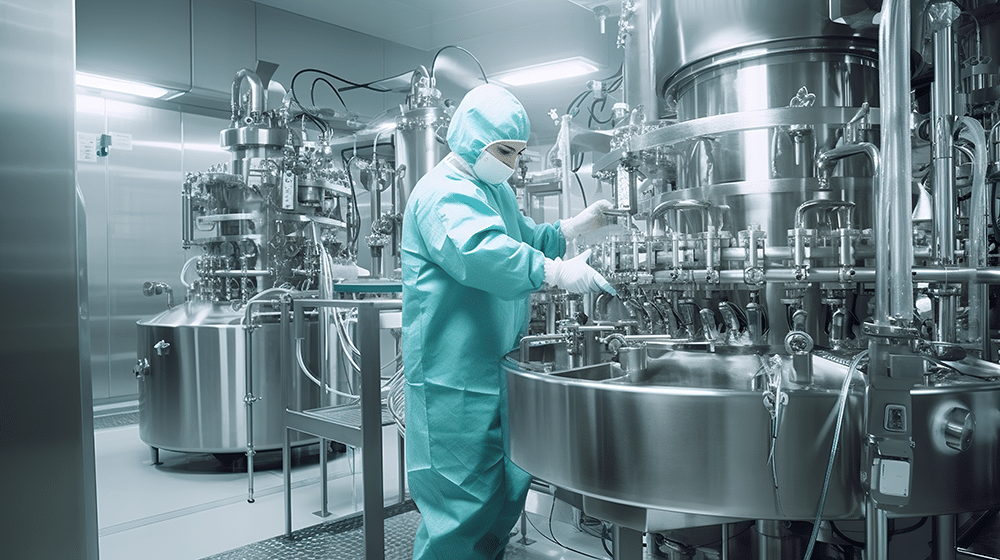Interview with Cargill
C-Level conversations



Connecting the Digital Dots
Cargill’s digitalization journey involves advanced automation, data and analytics.
At first glance, Cargill might not look like your typical tech company. As a global food corporation, you’re likely to see more silos than servers. “We have something like 160 grain elevators, with many located in the middle of nowhere – which can make it difficult to digitize” says Nikolas Rocon, Regional Smart Manufacturing Leader at Cargill Agrícola S.A. in Brazil.
But if you look a little closer, you’ll see that these are more than just farms, they’re part of a state-of-the-art, highly connected agricultural supply chain. “Cargill has been automating its operations for the past 30 years” adds Rocon.
Using this automation as a foundation, the company is now in the process of adding a new layer of digitalization to its global assets – an ongoing process that is being rolled out via three key steps.
Step 1: More Tech
In the first phase of Cargill’s digitalization journey, the company looks to enhance its legacy automation solutions with next generation capabilities. “We’re adding artificial intelligence, connecting robotics, and exploring emerging technologies that can enhance the level of automation we already have in our plants and facilities” explains Rocon.
But Rocon is quick to note that automation is not meant to be an alternative to human talent. Instead, every new technology incorporated into a plant or facility aims to support the company’s people and streamline its operations.
“Nobody wants to climb four levels of stairs to open a valve or make a trip to turn on a motor, and why should they when it is something we can easily do by connecting automation with digitalization on the shop floor” remarks Rocon.
Speaking of technology and employees, Cargill also makes it a point to look at how its people interact with technology. For instance, knowing one is more likely to use a technology when they understand it and are comfortable with it, the company looked at ways to design applications that employees could install on their own digital devices. As a result, employees can often monitor quality, raw materials and finished products from the palm of their hand, and a significant amount of the paperwork once involved with these processes has been all but eliminated.
Step 2: Enhanced Data
In addition to improving efficiency, this new layer of automation also results in the collection of massive amounts of data. Thus, the second step of Cargill’s digitalization journey is defined by data.
“What’s unique about this data is that it comes from our operators. Again, sometimes using their own devices, our people can collect images and recordings that add an important human perspective to our data collection process.” explains Rocon.
According to Rocon, this human-collected data has the potential to enhance all the data that is automatically generated by the company’s equipment. But doing this involves advanced analytics, which just so happens to be Step 3 in the Cargill digitalization journey.
Step 3: Analyze This
Three Dots on a Page
Advanced automation, data and analytics. Individually, they’re nothing more than three dots on a page. But connected, they form a direct path to a digitalized supply chain.
“Analytics needs data, and usefull data doesn’t grow on trees, it comes everywhere but needs automation and technology to be captured, treated and further used” concludes Rocon. “The beauty is when connected, these three components create a connected company ready to lead the future.”